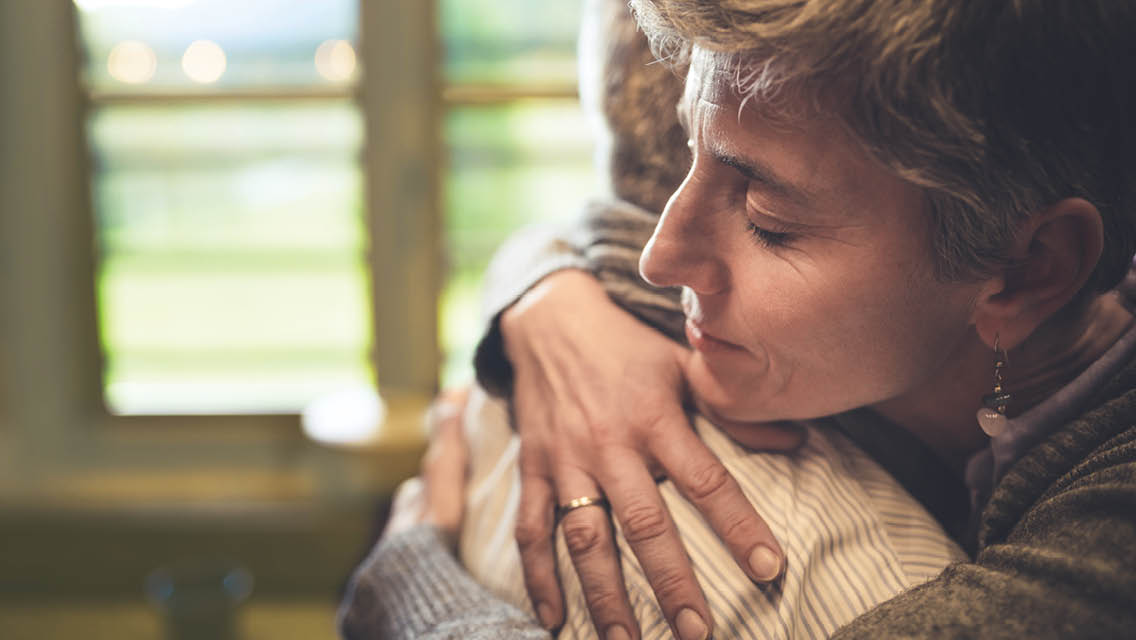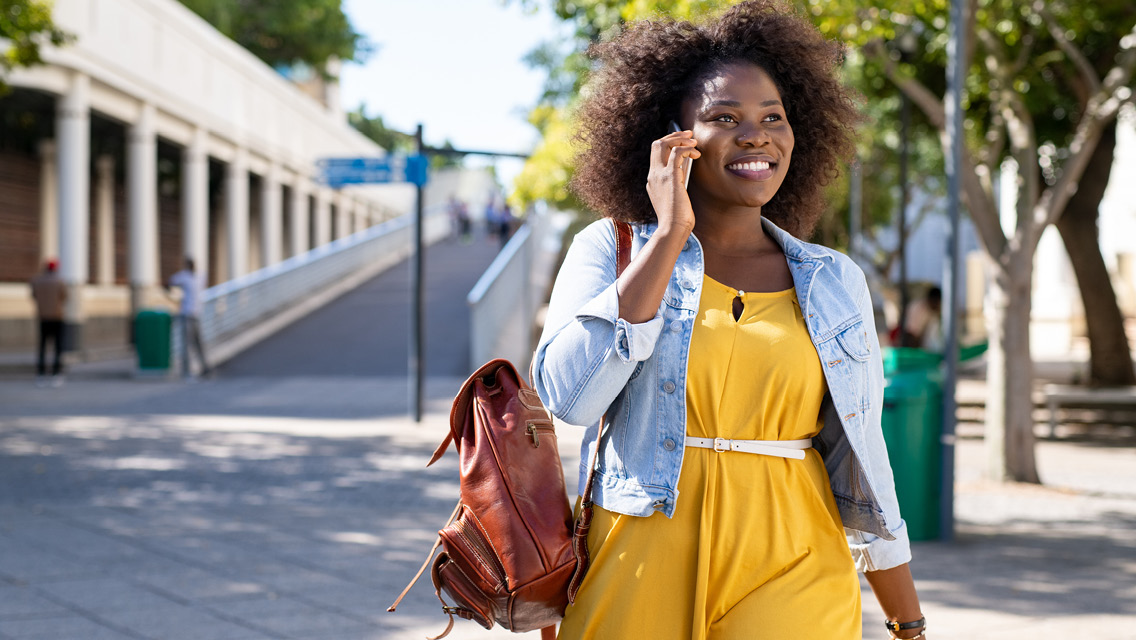Probably 10 out of 10 people would say they’re kind,” Houston Kraft writes in his book Deep Kindness, “but I think they’re actually saying they’re nice.” Kraft goes on to explain that kindness — particularly “deep kindness,” a term he coined — is very different from simply being nice.
“Niceness has to do with your reputation and how people see you, and that can be adaptable for different circumstances,” explains Randy Taran, founder of Project Happiness, a nonprofit organization dedicated to spreading happiness to individuals and throughout communities. “The nice person is about being pleasant and not rocking the boat.”
Kindness, on the other hand, sometimes requires a bit of boat-rocking. For example, if your friend comes to you for advice about their troubled relationship, you may be tempted to keep the conversation lighthearted and avoid sharing any painful truths. After all, you don’t want to make them feel uncomfortable or disappointed — even if you think their current partner isn’t a good fit. While keeping things light might be considered “nice,” it could shut down honest communication and even leave them questioning their own instincts.
Though it’s not easy, the kind thing to do is to have a real discussion with your friend, sharing your perspectives and addressing their needs. Kindness demands that level of honesty, risk-taking, and more. But the uncomfortable moments are worth it: The emotional and physical benefits of deep kindness ripple outward into our families, our communities, and beyond.
Here are some strategies to get you started on your own journey toward deep kindness.
Build Empathy and Compassion
Empathy and compassion are the building blocks of kindness. Unfortunately, we’re currently in the midst of an empathy deficit, says Jamil Zaki, PhD, professor of psychology at Stanford University and author of The War for Kindness. In his online talk for the Family Action Network, “Building Empathy in a Fractured World,” Zaki notes that rituals that once brought us into regular contact — like grocery shopping or a bowling league — are giving way to more solitary pursuits and online activities. “When we do interact,” he adds, “it’s often in ways that are transactional, thinned out, and anonymous.”
But “caring is contagious,” he argues. If you model caring, compassionate, kind behavior in your community, others will do the same. Consider starting a community garden, holding a coat drive in the winter, or organizing a block party in the summer to get to know your neighbors. Check in on elderly folks who live alone.
And don’t be shy about your compassionate efforts. “Make your empathy loud enough so that other people can see it,” Zaki says, “and so that other people can come toward it.”
You can also choose to build empathy in solitude by practicing lovingkindness meditation, a traditional Buddhist ritual that involves directing warm intentions toward yourself and others.
Meditation teacher and best-selling author Sharon Salzberg suggests beginning your lovingkindness practice in a comfortable, seated position, with eyes closed. “Call to mind someone you know who’s having a difficult time right now,” Salzberg advises. “They’ve experienced a loss, painful feeling, a difficult situation. Imagine them sitting in front of you. Say their name. Get a feeling for their presence and offer the phrases of lovingkindness to them: ‘May you live in safety. Be happy. Be healthy, live with ease.’” (For more on the benefits of lovingkindness meditation, see “How to Practice a Lovingkindess Meditation“.)
Take Risks
Many representations we see of kindness in the media involve “shareable moments of high-flying goodness,” like pay-it-forward coffee lines, Kraft notes. He calls these things “confetti kindness” — likening them to trite maxims you might see on greeting cards or motivational posters. Although they’re pleasant and may feel good in the moment, they don’t usually affect our communities in the substantive ways deep kindness can.
Similarly, compliments such as “I love your sweater,” can feel superficial, while specific kind words can go a long way. “Think about the difference between receiving a Post-it Note with a generic compliment like ‘You’re beautiful!’ versus the handmade card or phone call you receive that details how you’ve been influential in someone’s life,” he explains. “One might give us a few moments of joy, while the other moves us profoundly.”
This kind of sincere communication requires risk. You may feel vulnerable when telling someone how much they’ve meant to you. But that openness is what builds deep connections between people and within communities.
Allowing someone to make missteps is another kindness that can feel risky or uncomfortable. “You could say kindness is a verb,” Taran says, “and sometimes it can be expressed in action when you go out of your way to help the person who tripped on the street. Other times, kindness is simply allowing someone to learn from their mistakes.”
Learn the Art of No
If you find yourself saying yes to obligations or invitations that you’d really rather not accept, you might be overlooking your own needs in favor of people pleasing, which can lead to frustration, burnout, and depression.
“The nice person avoids confrontation for fear of offending anyone,” says psychiatrist Marcia Sirota, MD, author of Be Kind, Not Nice: How to Stop People-Pleasing, Build Your Confidence and Discover Your Authentic Self. “And they will tolerate unacceptable behavior for the same reason. They tend to overdo it and often become exhausted, even resentful, because they’re doing so much and tolerating too much.”
When you feel overwhelmed or overburdened, your body can go into fight-or-flight mode, which can make you more prone to anger. When this happens repeatedly, your nervous system becomes trained to react in bigger ways to smaller stimuli.
In this respect, declining unwanted invitations or obligations is actually an act of kindness toward yourself. You’re also showing the other person that you respect his or her ability to handle a negative response. And because you’ll have more energy for the things you want to do, that benevolent action could have a ripple effect: You’ll be kinder to yourself, your family, and your community.
Here’s one strategy for setting boundaries: Rehearse kind, but firm, ways to say no before you’re faced with that situation. It’s OK to be vague, but be honest. For example, rather than concocting an elaborate lie about why you can’t attend your friend’s son’s piano recital, you could say, “Thank you for asking, but I can’t make it that evening.” Then stand by your words. With practice, it will become easier to say no. (For more advice on setting boundaries, see “The Freedom of No“.)
Examine Your Intention
“There’s nothing wrong with being nice,” says Taran. “It can be a gateway into kindness — but beneath all that, your intention is really, really important.”
Discovering your intention can be challenging, because you may be acting unconsciously, Sirota explains. “The nice person doesn’t actually realize why they’re being so nice, because it’s all happening below the level of their conscious awareness,” she says. “They might think they’re being nice because it corresponds with their value system or their beliefs, but the truth is that they’re trying to fill an emptiness.”
That’s because the impulse to be nice is more about your own reputation, your desire to adhere to social norms, or to be perceived as polite and agreeable.
There’s certainly a time and place for that: Good manners and courteous behavior are social lubricants, to be sure. But, as Kraft points out, “Nice people don’t change the world, but kind people can.”
This article originally appeared as “Choose Kindness” in the October 2021 issue of Experience Life.





This Post Has One Comment
Excellent read.